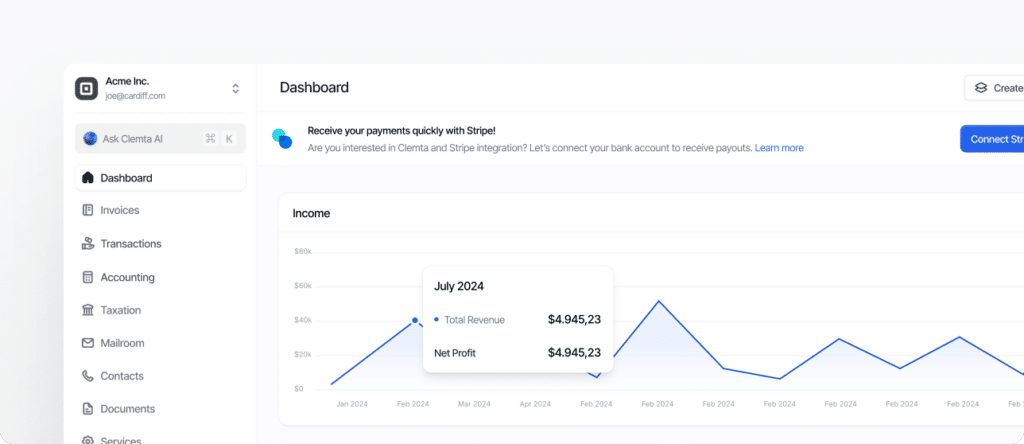A percentage that shows how much profit a business makes for every dollar of revenue after covering its costs.
What is a Profit Margin?
Profit margin is a key financial metric that measures how efficiently a business turns revenue into profit. It is calculated by dividing net profit (revenue minus all expenses, including operating costs, taxes, and interest) by total revenue, then multiplying the result by 100 to get a percentage. A higher profit margin means the company is keeping more of each dollar earned as profit.
There are different types of profit margins used in business analysis. Gross profit margin looks at revenue after subtracting the cost of goods sold (COGS) but before other expenses, showing how efficiently a company produces or sources its products. Operating profit margin considers both COGS and operating expenses, giving insight into day-to-day operational efficiency. Net profit margin includes all expenses and is often used to measure the company’s overall profitability.
For non-U.S. residents operating a U.S. business, profit margin is especially important when evaluating business performance, setting prices, or attracting investors. A consistently healthy margin indicates strong financial health and can make the business more appealing for funding or acquisition.
Monitoring profit margins over time allows business owners to identify trends, adjust pricing strategies, reduce unnecessary costs, and improve operational efficiency, all of which contribute to long-term business growth.

